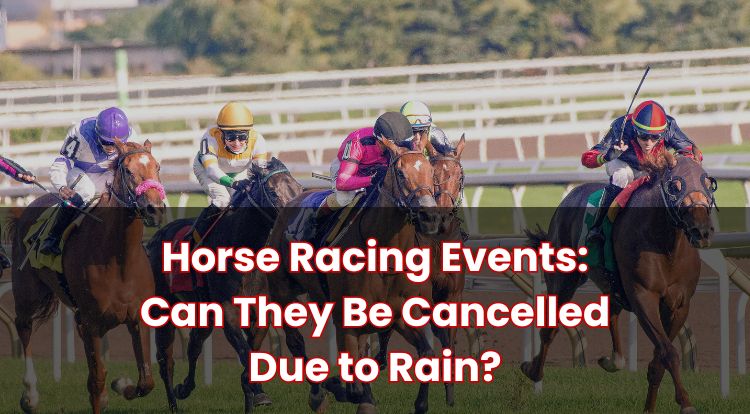How Often Can a Jockey Whip a Horse During a Race?
If you’ve ever watched horse racing, you might have noticed jockeys using a whip and wondered what the rules are. It is a common question for fans and newcomers alike.
In the UK, there are strict rules in place to keep racing fair and to protect horse welfare. These are set by the British Horseracing Authority (BHA) and enforced on the day by stewards and through post-race reviews.
Below, we explain how the rules work, why they exist, and what they mean for everyone who follows the sport.
How Many Times Can a Jockey Whip a Horse in a Race?
In the UK, the limit is six uses in flat races and seven in jump races. The count applies for the whole race, from the start to the finish, and includes the period after the final obstacle in jump events.
Officials do not just count. They also look at how the whip is used. That includes whether the whip is used in the right place on the body, whether the rider is giving the horse time to respond, the frequency and manner of the strikes, and whether the arm goes above shoulder height. Padded whips are mandatory.
Stewards use live viewing and video replays to assess rides. If a jockey exceeds the limit or uses the whip in the wrong way, they can be penalised. The rules are published and updated by the BHA, so the framework is clear to riders and the public.
If you decide to try your hand at sports betting, remember to do so responsibly and within your means; never wager more than you can afford to lose.
Why Are There Limits on Whipping a Horse?
Whip limits are there to protect horses and to keep standards high. The whip is permitted as an aid for safety and controlled encouragement, not punishment, and only a specific, padded design is allowed.
The rules have been shaped by research, veterinary input and feedback from across the sport. They balance the need for clear riding with the responsibility to care for the animal. Consistent oversight and meaningful penalties help maintain public trust in race outcomes.
What Happens If a Jockey Exceeds the Whip Limit?
When whip use goes over the line, officials follow a clear process.
Penalties and Race Consequences
Stewards review the ride using footage and reports, and cases can be referred for further consideration after the meeting. The most common outcome is a suspension from future rides, with longer bans for repeated or serious breaches. Fines can also apply.
In more serious situations, the horse’s placing can be altered or the horse can be disqualified. This is rare, but it can happen if the breach is significant. Bookmakers settle wagers on the official result that is published, so any change to placings will be reflected according to the operator’s rules.
How Do Whip Rules Differ Between Flat and Jump Racing?
The same principles apply in both codes, but the caps are not identical. Flat races have the lower limit, while jump races allow one additional use. That reflects the longer distances and the presence of obstacles in jump racing.
Regardless of the code, race officials assess more than the total number of uses. They consider timing, style and location of each use, and expect riders to show control and to give the horse time to respond. Safety is assessed carefully around hurdles and fences, where balance and approach matter.
The Future of Whip Use in UK Horse Racing
Whip rules remain under regular review. Recent reforms introduced limits of six in flat and seven in jumps, strengthened guidance on technique and standardised the use of padded whips. Discussions continue among trainers, jockeys, vets and welfare groups, and the British Horseracing Authority reviews evidence each year.
Technology is helping too. Better cameras, more detailed data and improved equipment inform future updates. Any changes will be clearly communicated and reflected in race conditions and official results.
However the details evolve, the direction of travel is consistent: clear standards, fair competition and horse welfare at the heart of the sport.
Always keep responsible gambling practises in mind.
**The information provided in this blog is intended for educational purposes and should not be construed as betting advice or a guarantee of success. Always gamble responsibly.
*All values (Bet Levels, Maximum Wins etc.) mentioned in relation to these games are subject to change at any time. Game features mentioned may not be available in some jurisdictions.





